David Gole, principal at leading climate-resilient design practice JDA Co., comments on the intersection between heritage and climate in architecture.
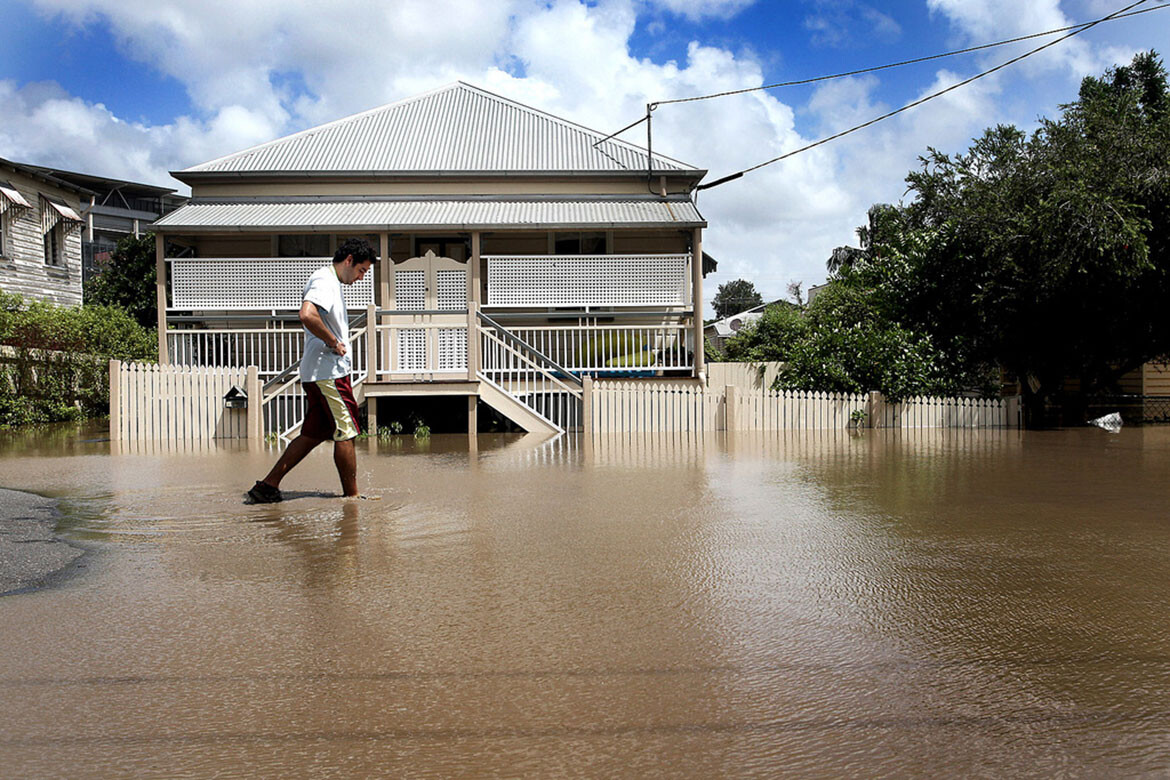
Photo by Brad Marsellos.
October 27th, 2025
Australia’s first National Climate Risk Assessment is out and the message is clear. Architects and building owners must integrate climate resilience into the design, restoration and conservation of heritage buildings and precincts or risk losing them.
Climate change brings a new lens to heritage building assessment, material choices and construction methods, but with that comes a warning – don’t throw out the baby with the floodwater.

Evolving like-for-like
Like-for-like has traditionally been considered best practice when restoring and conserving buildings. However, the increasing frequency of flood, cyclone and storm-related events means this approach is not always appropriate if we want heritage buildings to survive into the future.
An example is Home, an iconic Federation-era house at Kangaroo Point in Brisbane. As part of a major restoration, the house needed a new roof. The integrity of the roof envelope for heritage buildings is essential to protecting the building fabric and values of a place. While the purist approach would be to simply replace the original Belgian roof tiles in an identical manner, our team drew on a research partnership to explore design options.
Our practice had worked with the Cyclone Testing Station (CTS) at James Cook University on a project called Stormcheck, which assessed the impact of storms on Southeast Queensland’s building fabric. We know that cyclones are moving further south, so we sent Home’s roof detail drawings to the CTS team for review.
The review led to design innovation. Increasing the number of battens and tiedowns strengthened the roof against wind, while a plywood layer introduced directly under the tiles will prevent water ingress from hailstone damage. Box gutters, prone to overflowing, were removed, and a lightning conductor was added. We knew from analysis that these were all the reasons that the roof system had failed over the years, and led to extensive damage to the house.
Cyclone Alfred arrived shortly after the roof work was completed, proving the wisdom of the design revisions. Many of the improvements are not visible, and there was no compromise on aesthetics, a key criterion in heritage conservation. This balance between technical performance and aesthetics is critical.
A material can be replaced by a more resilient, long-lasting alternative, but keeping the colour, texture and other properties consistent with the original retains heritage values.
Related: Nicole Larkin and the Marten Bequest

Knowing when to stop
Replacing original materials with an alternative is not always necessary. For example, many of the materials and construction techniques used in old buildings are naturally flood resilient. It is important to know which systems are still relevant and ensure they are respected.
The many timber-frame and hardwood buildings in Queensland and northern New South Wales are cases in point. Our team has conducted thousands of flood resilience assessments across both states as part of the State Governments’ Resilient Homes Programs and has seen firsthand how different structures hold up to flooding.
Hardwood floors, doors, walls and cabinetry can withstand floods. Traditional tongue-and-groove timber wall panels will swell when wet but then shrink back. They can be sanded and retained. It makes no sense, from a heritage or economic perspective, to replace them with plasterboard.
Horsehair plaster is another resilient and easily repaired material, common in older buildings, that doesn’t need replacing. It simply needs a pressure wash and time to dry out. It is disheartening to see insurers cutting out horsehair plaster and replacing it with plasterboard after flood events.
Vigilance is needed to circumvent ill-informed choices, quick fixes and hurried repairs that can undermine heritage value.
There are other opportunities to increase climate resilience. New additions to heritage structures can be leveraged to conceal additional downpipes, and incorporate larger rainwater heads or a secondary rainwater system to manage increased volumes of water from high rainfall.
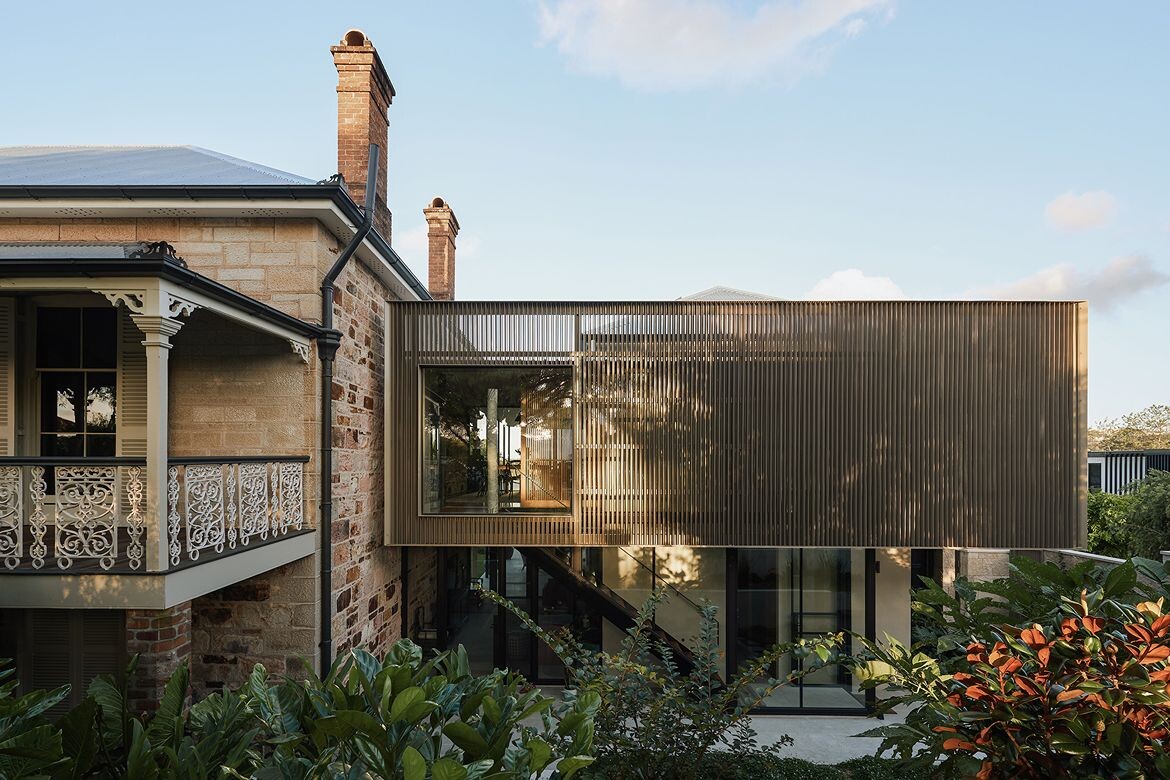
The risk of inaction
The Burra Charter sets out the guiding principles and procedures for the conservation of heritage places and is periodically revised to reflect evolving theory and practice. Understanding how to integrate climate resilience into the fabric of older buildings is a new and expanding area of knowledge that will inform the next iteration.
Our cultural sites are facing huge issues and risks. If we don’t adapt quickly, some older buildings will end up abandoned, with no funds to bring them back.
Conversely, the economic value of climate resilience for heritage is significant. Climate resilient buildings deliver savings in time, money and mental/physical effort in recovery. Whether an individual homeowner, private building owner or Government organisation, these benefits are an excellent incentive to protect cultural heritage for future generations.
JDA Co.
jdaco.com.au
David Gole is a principal at JDA Co. and has over 30 years of experience working on heritage projects of all scales across Australia and internationally.
INDESIGN is on instagram
Follow @indesignlive
A searchable and comprehensive guide for specifying leading products and their suppliers
Keep up to date with the latest and greatest from our industry BFF's!

The undeniable thread connecting Herman Miller and Knoll’s design legacies across the decades now finds its profound physical embodiment at MillerKnoll’s new Design Yard Archives.

London-based design duo Raw Edges have joined forces with Established & Sons and Tongue & Groove to introduce Wall to Wall – a hand-stained, “living collection” that transforms parquet flooring into a canvas of colour, pattern, and possibility.

Architect, designer and craftsman Adam Markowitz bridges the worlds of architecture and fine furniture, blending precision, generosity and advocacy to strengthen Australia’s craft and design community.
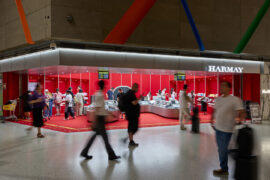
With its latest outpost inside Shanghai’s bustling Hongqiao International Airport, HARMAY once again partners with AIM Architecture to reimagine retail through colour, movement and cultural expression.
The internet never sleeps! Here's the stuff you might have missed
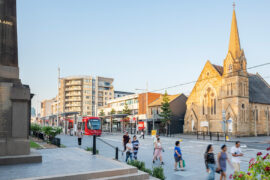
Australia’s first planted light rail corridor sets new benchmark for transport-led urban transformation.
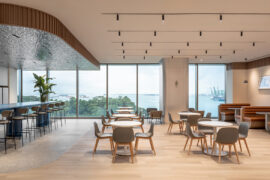
Bean Buro’s Singapore office for Anglo-Eastern is a poetic continuation of their Hong Kong headquarters — a workplace that balances identity and calm.